Feb 14, 2024
Are we ready for the quantum economy?
Posted by Jose Ruben Rodriguez Fuentes in categories: economics, government, quantum physics
Earlier this week I went to a roundtable in London hosted by the UK government’s Office for Quantum to gather views from industry and academia about adapting the UK workforce to quantum technologies. The Quantum Skills Taskforce Workshop was co-hosted with techUK, a UK-based trade organization for the technology sector. Featuring 60 participants from academia and industry, the day featured lively discussion and debate about what the next decade has in store for the UK quantum sector.
All major economies around the world now seem to have their own quantum plan and the UK is no exception. In fact, the UK is onto its second National Quantum Strategy, which was launched in March 2023 by the Department for Science, Innovation and Technology (DSIT). Setting goals for the UK to become a “quantum-enabled economy” by 2033, it also established an Office for Quantum within the DSIT.
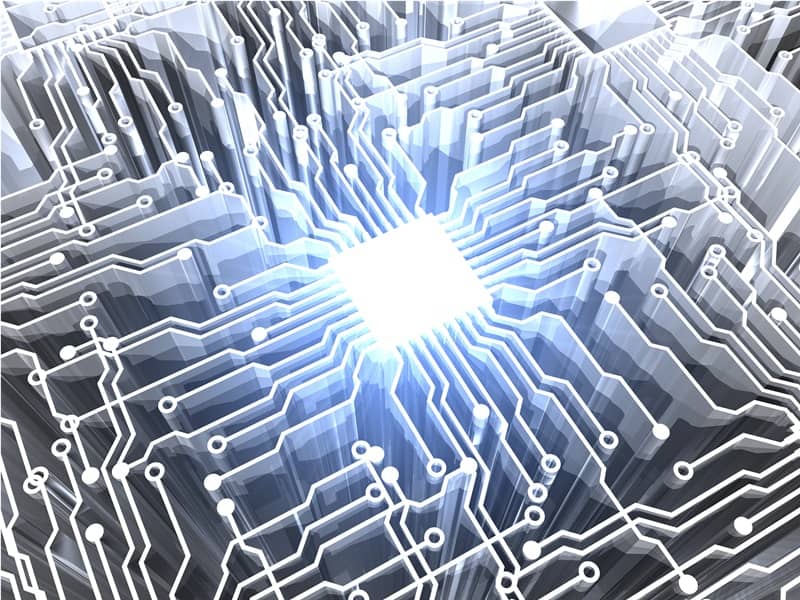

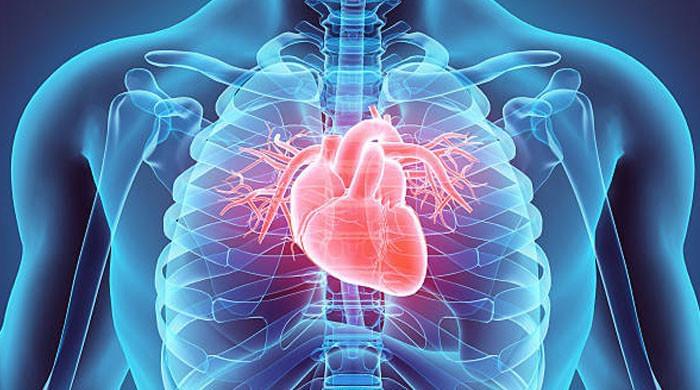
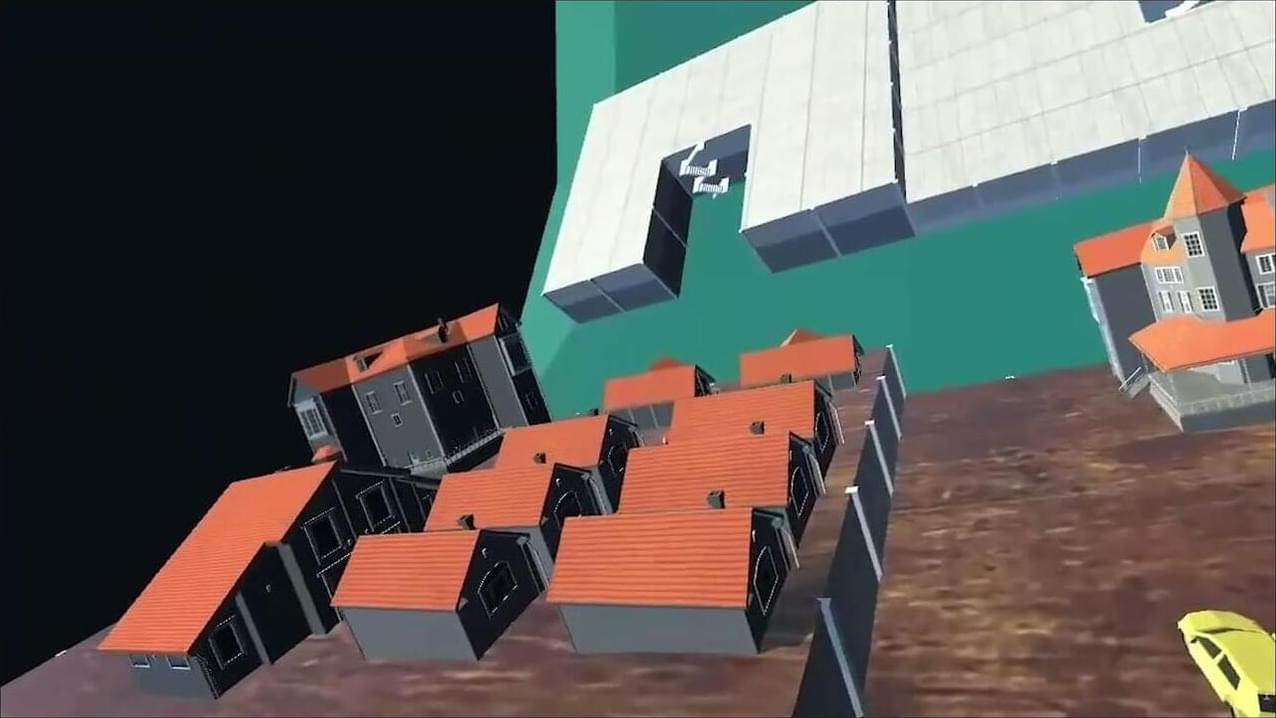

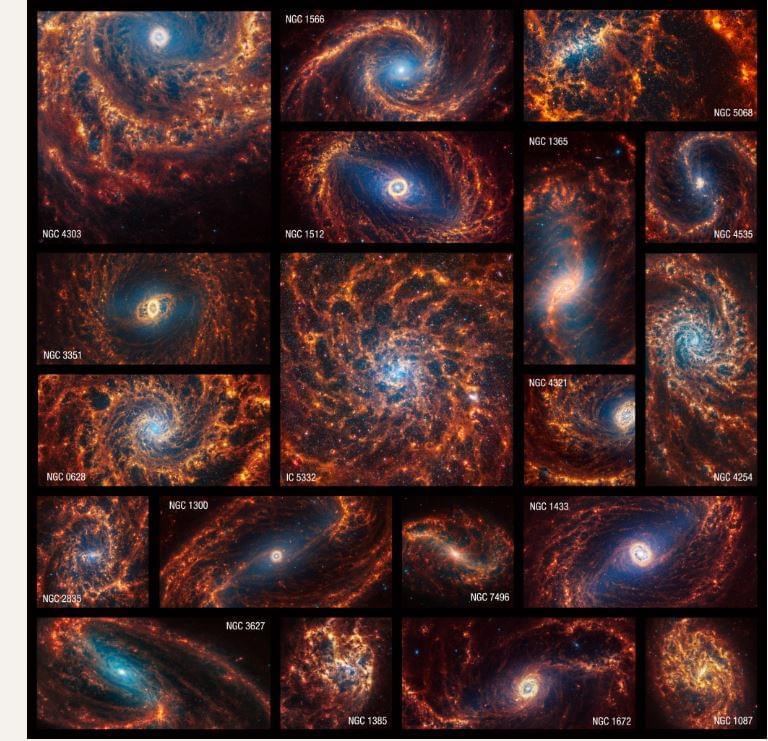
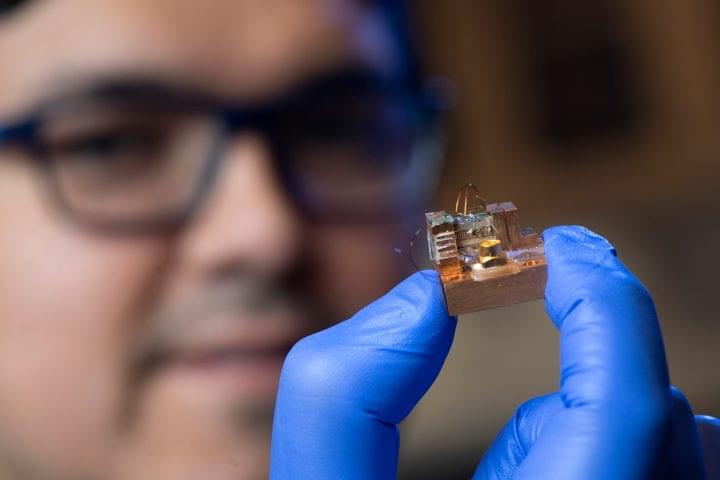
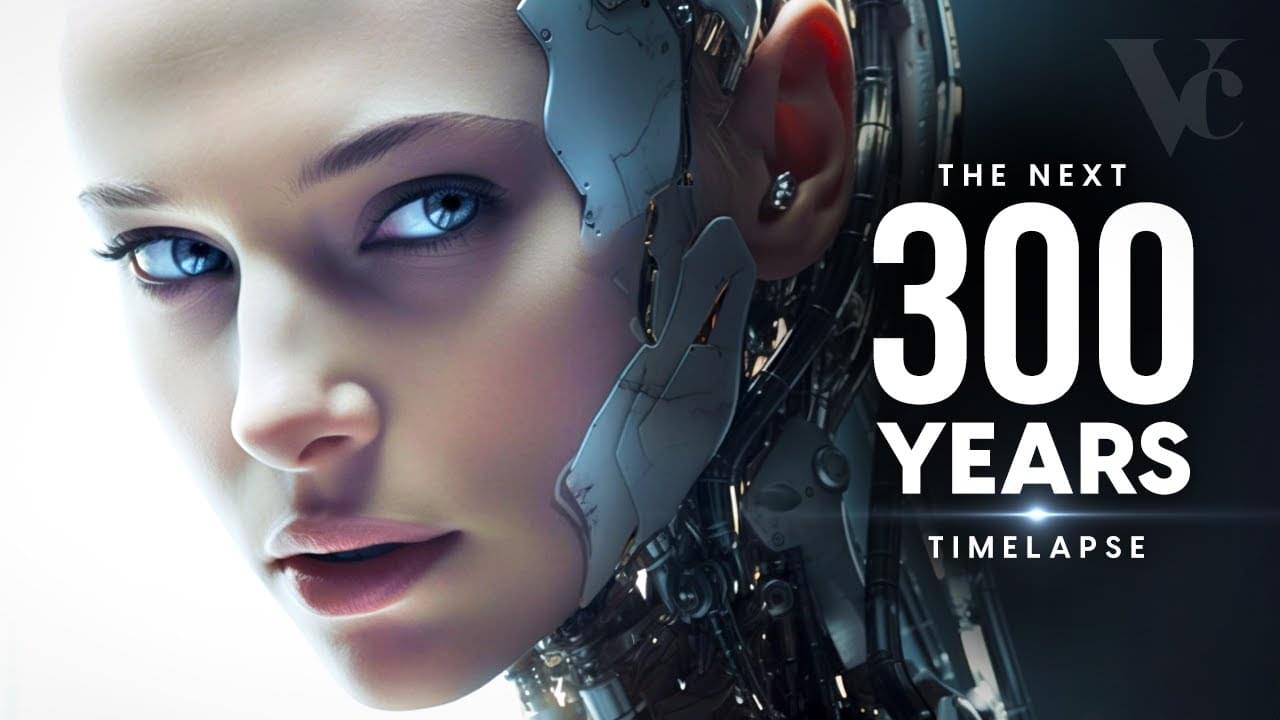

 Consciousness appears to arise naturally as a result of a brain maximizing its information content. So says a group of scientists in Canada and France, which has studied how the electrical activity in people’s brains varies according to individuals’ conscious states. The researchers find that normal waking states are associated with maximum values of what they call a brain’s “entropy”
Consciousness appears to arise naturally as a result of a brain maximizing its information content. So says a group of scientists in Canada and France, which has studied how the electrical activity in people’s brains varies according to individuals’ conscious states. The researchers find that normal waking states are associated with maximum values of what they call a brain’s “entropy”







